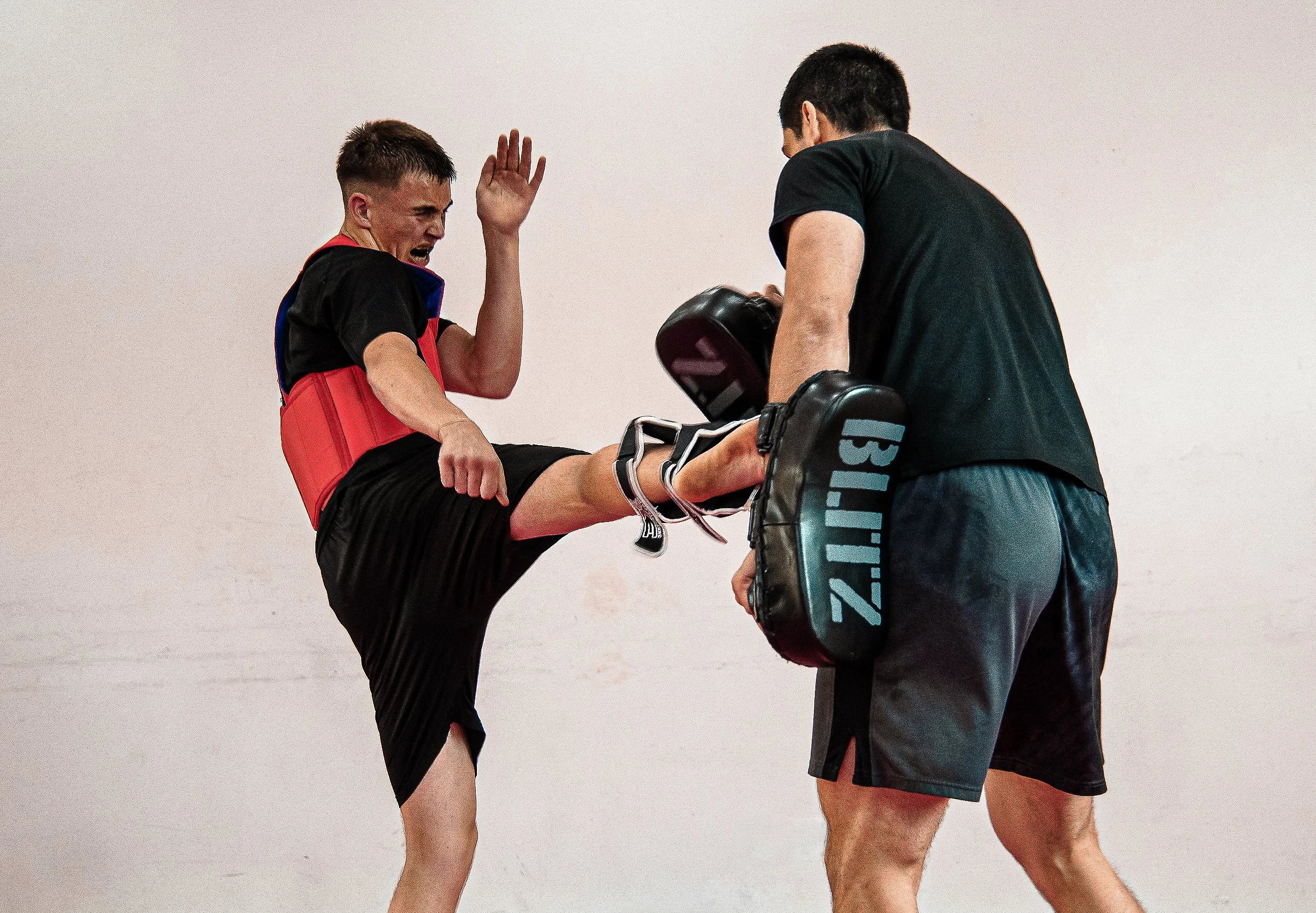Myths in Martial arts that just won’t die
Myth 1: Breaking Boards and Bricks Makes You a Skilled Fighter
One of the most enduring myths in martial arts is the belief that breaking boards, bricks, or other objects with bare hands or feet is a sign of a fighter's skill and prowess. While it's true that breaking techniques require precision, power, and control, they are not indicative of one's ability to defend oneself in a real-life combat situation.
Breaking objects is often a demonstration of a martial artist's focus, technique, and conditioning. However, the dynamics of a fight involve numerous factors, including strategy, adaptability, speed, and awareness and time spent learning how to break bricks is usually better spent learning how to apply your skills in combat. A fighter's true skill should be measured by their ability to apply techniques effectively in a dynamic and unpredictable environment, rather than their capacity to break inanimate objects.
Myth 2: Martial Artists Can Deliver a Deadly Blow with a Single Touch
Another common myth perpetuated by movies and popular culture is the notion that highly trained martial artists possess the ability to deliver a deadly blow with a single touch or strike. While martial artists can develop exceptional striking power and precision through years of training, the idea of a "touch of death" or "death touch" is largely exaggerated and rooted more in folklore than reality.
In reality, delivering a lethal blow requires specific targeting, force application, and often, repeated strikes. Moreover, the human body is resilient, and the effectiveness of a strike depends on various factors, including the target area, angle, and the physical condition of the recipient. Remember to also keep the law in mind when applying your martial arts!
Myth 3: Martial Arts Masters Are Invincible
The image of a martial arts master as an invincible warrior is a prevalent myth that has been perpetuated by movies and stories. While martial arts masters possess advanced skills, knowledge, and experience, they are not immune to injury or defeat. Like any other individual, martial artists are susceptible to physical limitations, aging, and the unpredictability of combat situations.
Moreover, true mastery in martial arts is often associated with humility, continuous learning, and the recognition of one's limitations. The journey of a martial artist is not about achieving invincibility but rather striving for personal growth, self-discipline, and a deeper understanding of the martial arts philosophy.
Myth 4: Martial Arts Techniques Are Always Superior to Other Fighting Styles
There is a common misconception that martial arts techniques are universally superior to other fighting styles or combat systems. While martial arts offer a diverse range of effective techniques and strategies, no single style possesses all the answers or is inherently superior to others.
The effectiveness of a martial art or fighting style depends on various factors, including the context of the situation, the skill level of the practitioners, and the specific goals of training. Rather than focusing on which style is superior, it is more productive to recognize the value of diversity in training and to adopt a holistic approach that incorporates elements from various disciplines.
Conclusion
Martial arts, with their deep-rooted traditions and philosophies, have captivated people's imaginations for centuries. However, it is essential to distinguish between the myths perpetuated by popular culture and the realities of martial arts training and practice. By challenging these enduring myths and embracing a more informed and nuanced understanding of martial arts, practitioners can cultivate a deeper appreciation for the discipline, dedication, and diversity that martial arts encompass.





